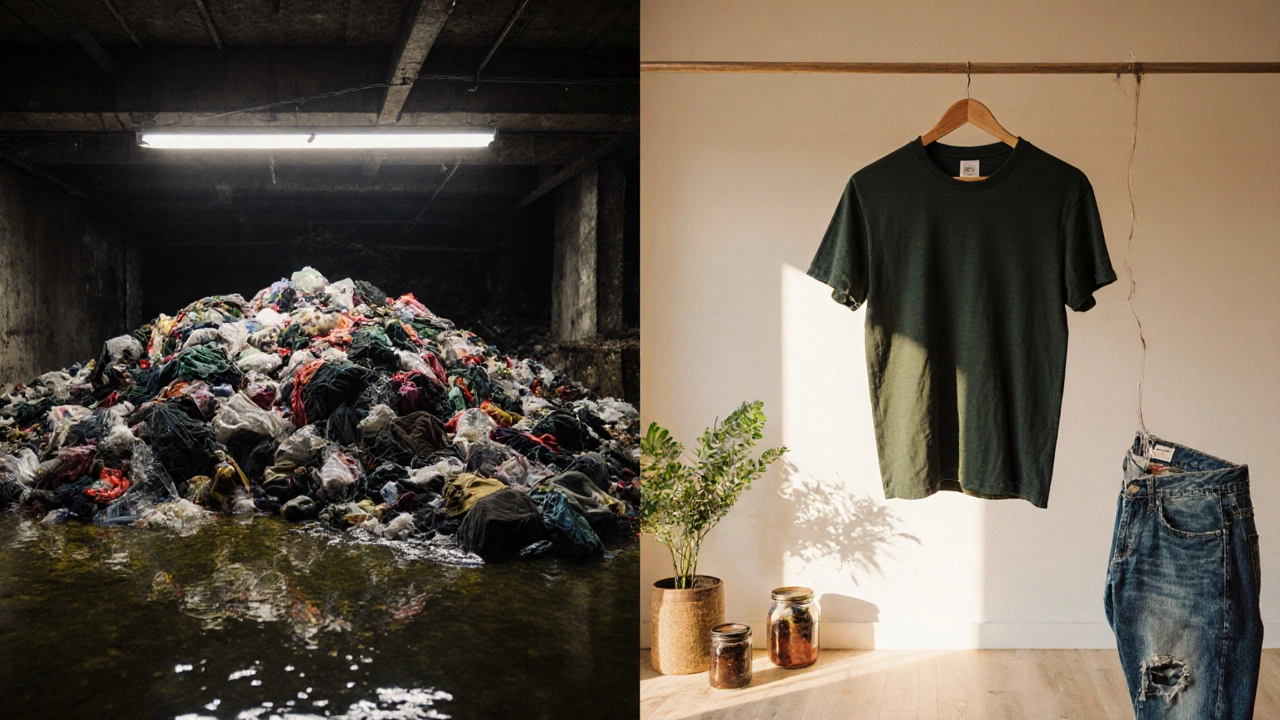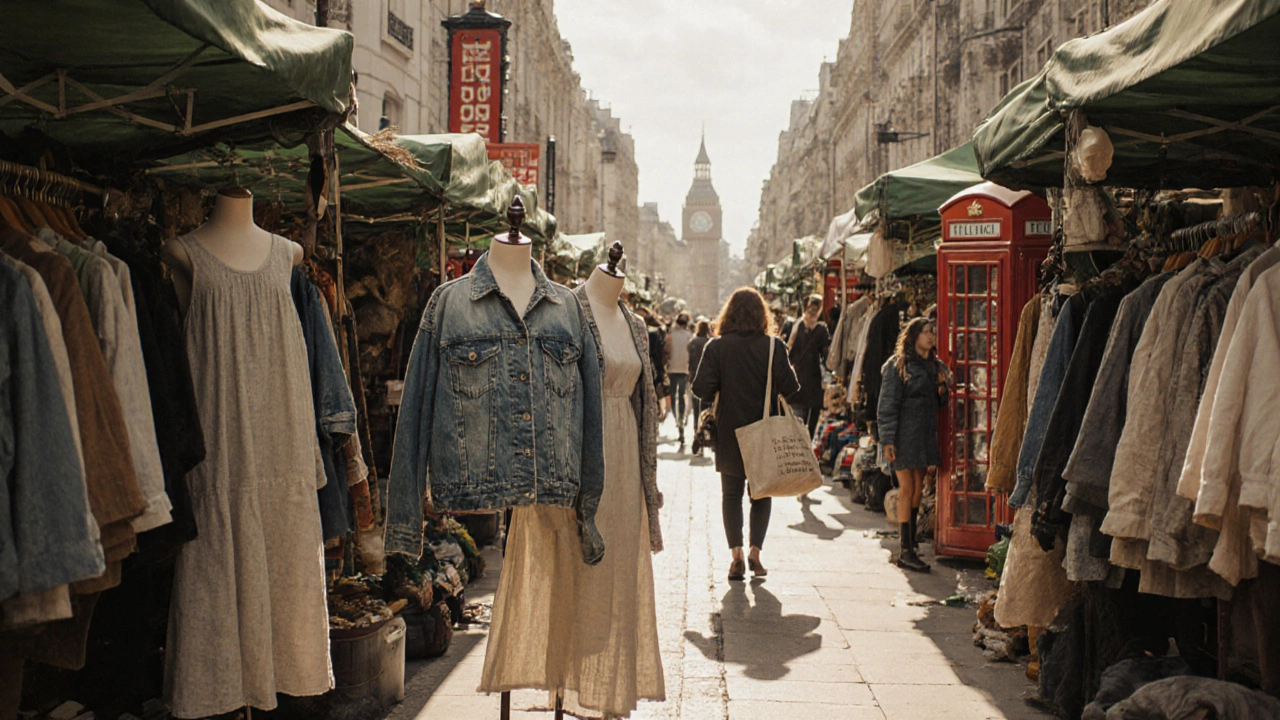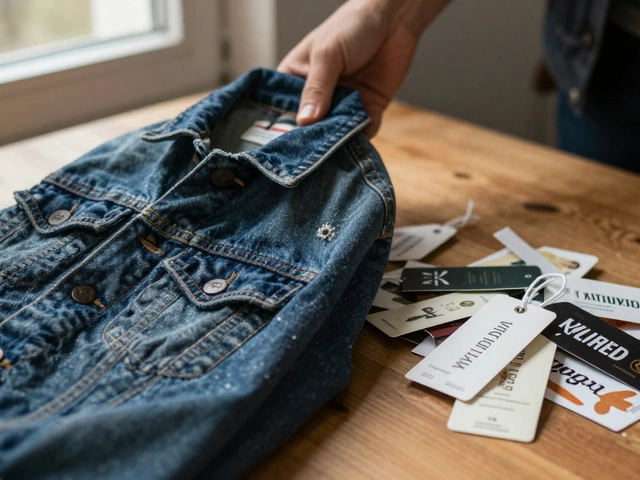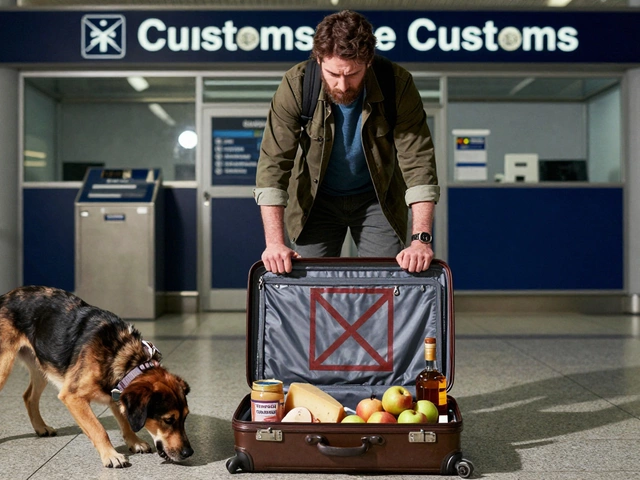Ethical Clothing: How to Build a Sustainable Wardrobe
Ever wonder if the clothes you wear are hurting the planet? Ethical clothing isn’t a buzzword – it’s a way to choose items that are made responsibly, last longer and pay fair wages. The good news is you don’t need a fashion degree to start. Just a few practical steps can turn your closet into a greener space without breaking the bank.
Why Ethical Clothing Matters
Fast fashion floods the market with cheap, low‑quality pieces that end up in landfills within months. The hidden cost is huge: polluted rivers, excess waste and unsafe working conditions. Switching to ethical brands cuts those impacts. It also supports companies that use recycled fibers, lower water usage and transparent supply chains. In short, every mindful purchase nudges the industry toward better practices.
Top Posts to Help You Shop Smarter
Our tag page gathers the most useful articles to guide you. "Most Sustainable Fashion Brands: A Deep Dive Into Ethical Clothing" breaks down the criteria that separate genuine green brands from green‑wash. It ranks labels, shows price ranges and offers quick tips on building a capsule wardrobe.
If you’re curious about fast‑fashion giants, check out "Is Zara More Ethical Than H&M? A Deep Dive into Fast Fashion Ethics". The piece compares supply‑chain policies, recent scandals and real‑world progress, so you can decide where your money does the most good.
Wondering whether people actually buy eco‑friendly products? Our article "Do People Actually Buy Eco‑Friendly Products? Data, Reasons, and How to Shop Smarter" shares the latest stats and explains the intention‑action gap. It gives you a cheat‑sheet for spotting true sustainable items in the store.
Finally, "Finding Eco‑Friendly Products: A Practical Guide for Conscious Shoppers" teaches you how to read labels, avoid greenwashing and choose ethical fabrics like organic cotton, Tencel or recycled polyester. The guide includes a printable checklist you can carry on your next shopping trip.
Putting these resources together gives you a roadmap: understand the impact, learn the brand landscape and apply smart buying habits. Start small – swap one cheap tee for a certified organic one, then gradually expand. Your wardrobe will feel better, and the planet will thank you.
Sustainable fashion costs more because it pays fair wages, uses eco-friendly materials, avoids overproduction, and ensures transparency. The real cost of fast fashion is hidden-this is what you’re actually paying for.
Sustainable fashion means designing, making, and wearing clothes with minimal environmental harm and fair labor practices. Learn its core pillars, how to spot genuine brands, and easy steps for a greener wardrobe.







